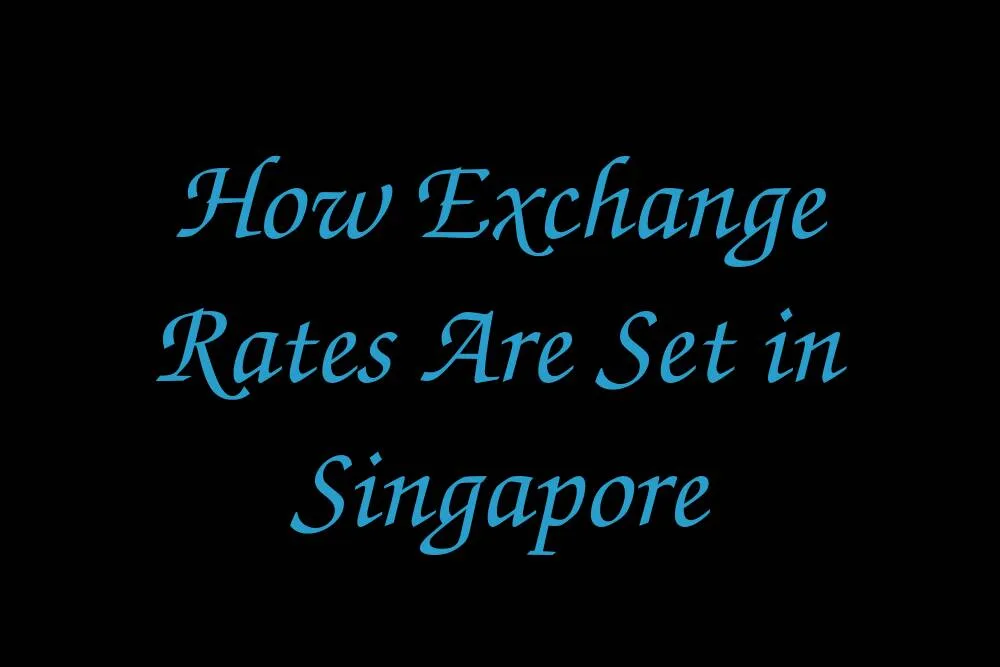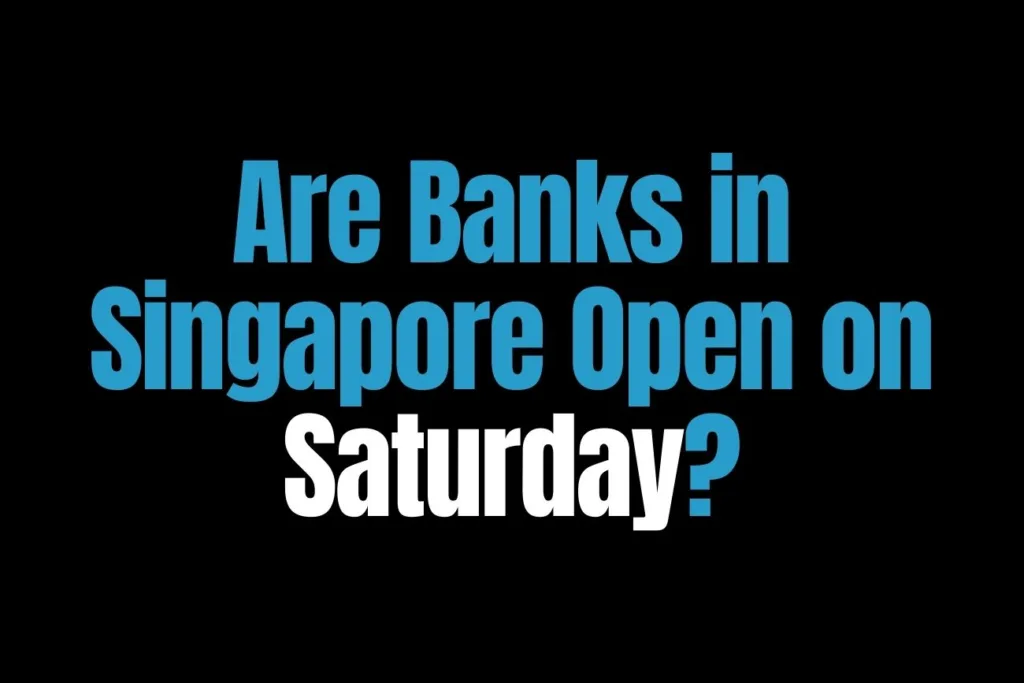How Exchange Rates Are Set in Singapore
A clear explanation of how the Singapore dollar’s exchange rate is determined in practice—who influences it, how banks quote rates, and what it means for consumers and businesses.
At a glance
- The Singapore dollar (SGD) trades in global markets. Day-to-day prices are set by supply and demand in the interbank foreign-exchange market.
- Monetary policy in Singapore is exchange-rate based. The Monetary Authority of Singapore (MAS) manages the trade-weighted Singapore dollar (S$NEER) within a policy band to keep inflation low over the medium term.
- Retail rates you see at banks and money changers include a spread over interbank levels and can differ across providers and times of day.
Who actually “sets” exchange rates?
There is no single official “fixed rate” for the SGD. Prices form continuously on trading venues as banks and other financial institutions quote bids and offers. MAS does not publish or guarantee a retail rate; the indicative rates shown on MAS’s statistics portal reflect interbank quotes gathered around midday and may differ from what a bank offers a customer.
MAS’s exchange-rate-based monetary policy
Instead of targeting short-term interest rates, MAS focuses on the Singapore dollar nominal effective exchange rate (S$NEER)—a trade-weighted index of SGD against a basket of currencies. MAS allows the S$NEER to move within a policy band, whose level (mid-point), slope (rate of appreciation or zero slope), and width can be adjusted to maintain medium-term price stability. The exact basket composition and band parameters are not disclosed, which helps the framework work smoothly.
MAS communicates its stance in Monetary Policy Statements and provides additional analysis in the Macroeconomic Review. Changes, when needed, are made by shifting the band, changing its slope, or altering its width—tools that allow a calibrated response to inflation and growth dynamics.
How this influences the rate you see
- Interbank market first: Banks trade SGD against other currencies, forming the live wholesale price.
- Retail quotes next: Banks and money changers add a spread to cover costs and risk. Spreads can be narrower for major currencies and larger for thinly traded pairs or large cash transactions.
- Cards and remittances: Card networks and payment providers typically apply network rates plus any fees in the product’s price list. These can differ from counter rates.
Key terms (quick definitions)
- S$NEER
- A trade-weighted index of SGD against a basket of currencies; MAS’s intermediate target for monetary policy.
- Policy band
- The range within which MAS allows the S$NEER to fluctuate. MAS may adjust the band’s level, slope, or width to achieve price stability.
- Interbank rate
- The wholesale exchange rate at which financial institutions transact with one another; a reference point for retail rates.
- Spread
- The difference between a provider’s buy and sell quotes. It pays for liquidity, processing, and risk.
What this means for consumers and SMEs
- Expect small differences in retail exchange rates across banks, online platforms, and money changers due to timing, liquidity, and spreads.
- For larger conversions, compare total cost (rate plus any fees). Many providers display an “effective rate” once fees are included.
- For regular overseas payments, consider solutions (e.g., multi-currency accounts or scheduled transfers) that align with your cash-flow needs.
Frequently asked questions
Does MAS fix the SGD at a specific rate?
No. MAS manages the trade-weighted SGD within a policy band but does not peg SGD to any single currency or set retail quotes.
Why do bank rates differ from what I find online?
Online listings may show interbank or indicative rates. Banks quote customer rates that include spreads and can change throughout the day.
When are policy updates announced?
MAS announces its stance through Monetary Policy Statements and provides detailed analysis in the Macroeconomic Review, which is released on a semi-annual schedule. Off-cycle communications are possible when warranted by conditions.
Bottom line
Exchange rates in Singapore are market-driven at the transaction level, while MAS guides the overall value of the Singapore dollar through a transparent, exchange-rate-based framework aimed at stable inflation. For day-to-day users, the most important factors are timing, provider spreads, and any fees attached to your product.
Important
Policies, parameters, and provider pricing can change. For decisions that involve significant amounts or contractual commitments, verify details directly on official sources before proceeding.


